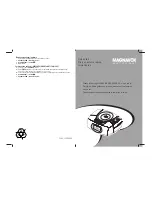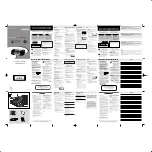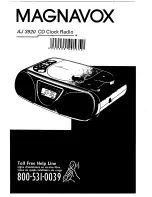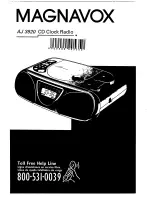
VXR-9000 FM R
EPEATER
O
PERATING
M
ANUAL
Antenna Considerations
Repeater operation requires two antennas, one for re-
ceiving and one for transmitting, so that the receiving
antenna does not absorb energy from the transmitting
antenna. There are a number of ways to do this, depend-
ing on the TX/RX frequency separation, and on the loca-
tions available for antenna mounting.
Regardless of the above choice, it is of paramount im-
portance that the antenna(s) be mounted as high and in
the clear as possible, preferably within line-of-sight to
all repeater users. Furthermore, losses in the feedline(s)
must be minimized, so the feedline(s) should be high
quality, and as short as possible. If a long feedline is nec-
essary, use coaxial “hardline” cable to reduce losses.
Repeater antennas should have an impedance of 50
Ω
at
the operating frequency. When separate receive and
transmit antennas are used, high-Q narrow-band types
may serve to minimize interaction.
NEVER TRANSMIT WITHOUT HAVING A
TRANSMIT ANTENNA CONNECTED TO THE
TX ANTENNA JACK OF THE REPEATER.
Equipment Location
The
VXR-9000
must be installed in a 19-inch Mounting
Rack, which will allow for free air flow around the heat
sink on the rear apron at all times. In warm climates, the
repeater should not be sealed in a small, closed room
without air conditioning.
While the operating temperature range of the
VXR-9000
is quite broad, the best location is one in which the air
temperature does not approach the extremes of the speci-
fied range, and one that does not change rapidly.
Protect the
VXR-9000
(Mounting Rack) from wind and
rain, and extremes in temperature or humidity that may
shorten the useful life of the equipment. Try to locate
the
VXR-9000
(Mounting Rack) in an environment that
is also comfortable for service personnel, if possible.
I
NSTALLATION
9
Содержание VXR-9000 Series
Страница 2: ...VXR 9000 FM REPEATER OPERATING MANUAL ...


































